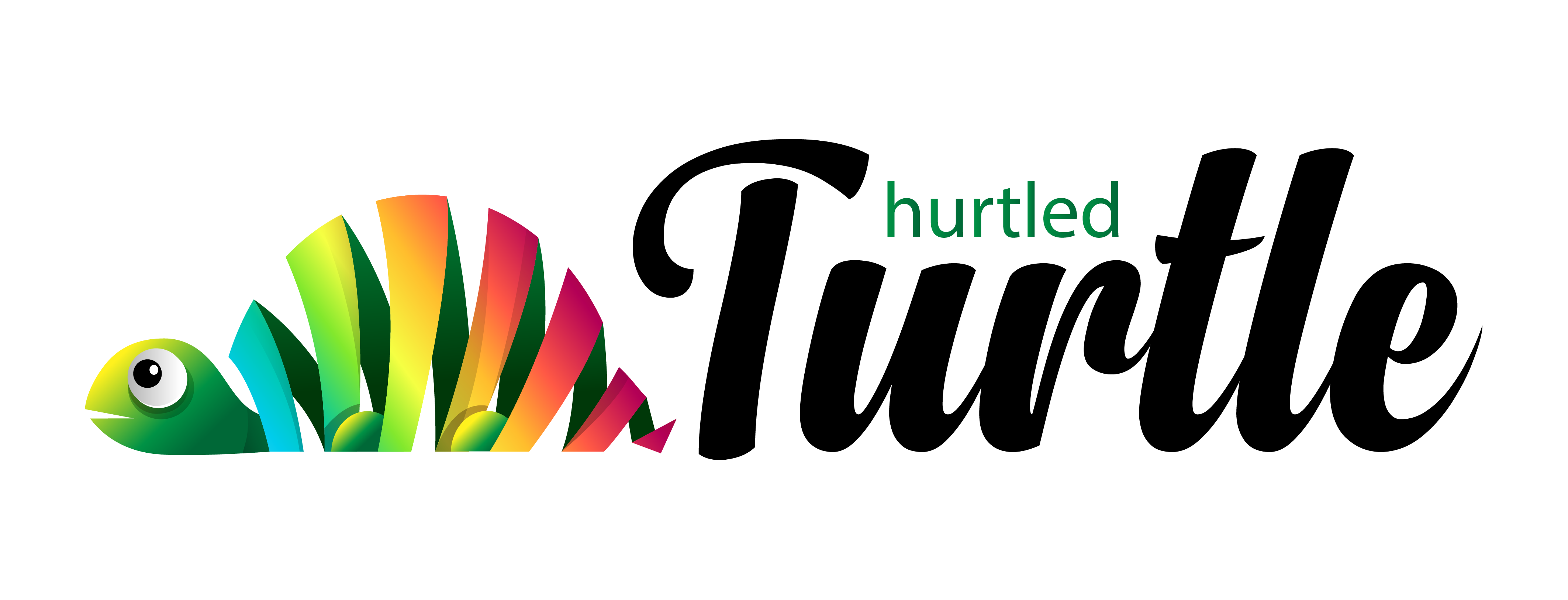When it comes to selecting the right thick yoga mat for yourself or your students, there are a few things to consider before buying one. In this blog post I’ll cover some tips on how to choose the right kind of mat as well as some recommendations on different brands that offer both quality AND affordability.
You may find that buying a good quality thick yoga mat will last longer than just about any other piece of gear in your studio; which is why investing in an off-the-shelf brand just doesn’t make sense financially speaking.
Thick Yoga Mat
There are two types of yoga mats: thin and thick. The thickness of your mat can make a big difference in your experience, so it’s important to know what type you’re using and why. While both thin and thick mats have their benefits.
Off-the-shelf Yoga Mats
- Get a mat the right size for you.
- Measure your body and buy a mat that is long enough to reach from your toes to your shoulders, and wide enough for you to lie on your back, with your arms and legs extended.
- If you are tall or extra-wide, consider buying two mats: one of them will be folded in half, while the other one serves as the “base”.
Protection, Fit & Durability
Before you start thinking about length, make sure to choose a mat that’s thick enough for your needs. If it’s too thin or thin-feeling, the surface will be unstable and hard to balance on. If it’s too thick, you may find yourself needing a ladder in order to get onto your hands and knees.
Other Supplies to Consider
There are a few more things you’ll want to consider when buying a mat. First, decide if you want a thick yoga mator thinner mat. The thickness of your yoga mat will determine how much padding it provides and how much support it gives your body during seated and standing poses.
Depending on the type of practice you’re doing, there are other supplies that might come in handy:
- Yoga blocks – Used during seated poses to elevate feet or hands above hips height so they’re easier to reach; also good for preventing injury by supporting joints in any pose where there’s pressure applied downward onto them. You’ll need at least two blocks—one for each side—and they come in various sizes. Try starting with one block before progressing towards using two at once.
- Yoga straps – Also known as “yoga straps,” these elastic bands come in 1-, 2-, 3-, 4-foot lengths and can help beginners achieve difficult poses like Dancer’s Pose without having mastered them yet because they provide assistance while maintaining proper alignment throughout each movement sequence.
- If you’d rather not use one right now but still want some guidance when practicing certain types of exercises like backbends where balance may be compromised somewhat due to lack of experience with those kinds of movements yet still want guidance while holding it steady enough so both hands feel secure inside them.
When you’re ready to buy a yoga mat, consider how much space you have for storage and practice. You may also want to consider what kind of surface will be best suited for your needs, whether it’s carpeted or painted concrete floors or wooden ones covered in rugs. Finally, think about whether you want an off-the-shelf option or want something that’s more personalized—like one with custom colors. There are many options available nowadays, so don’t forget all the different choices available before making your final decision



